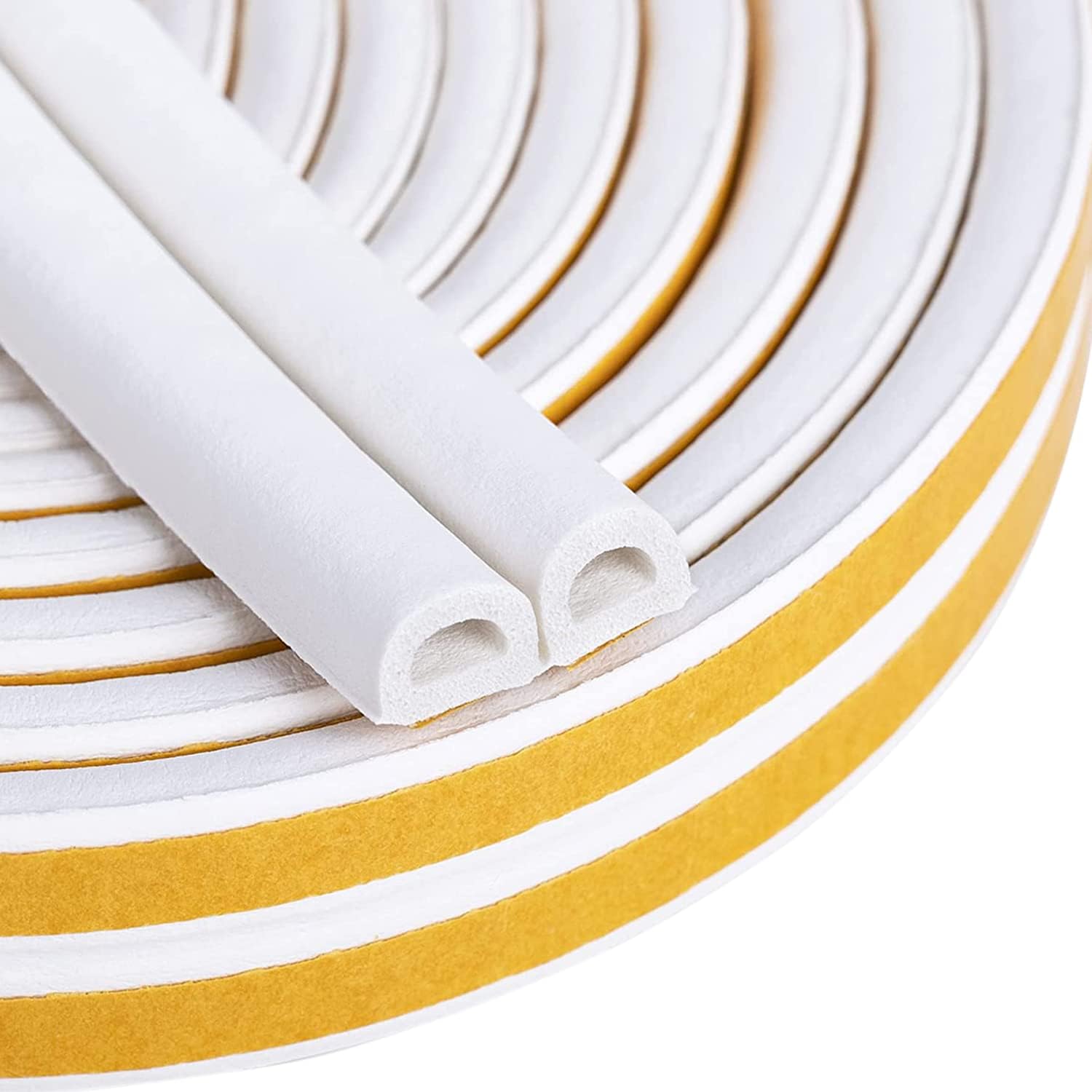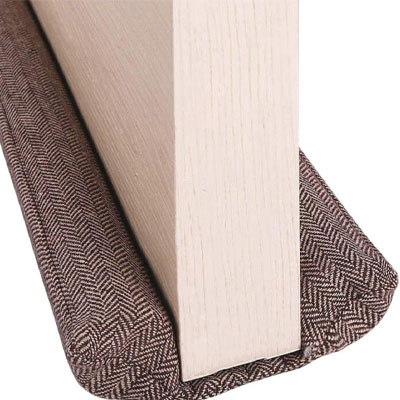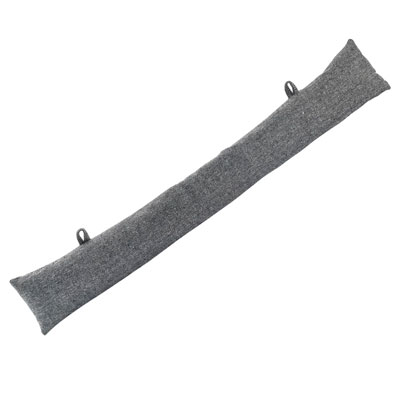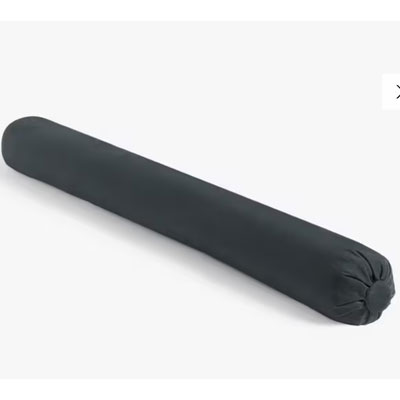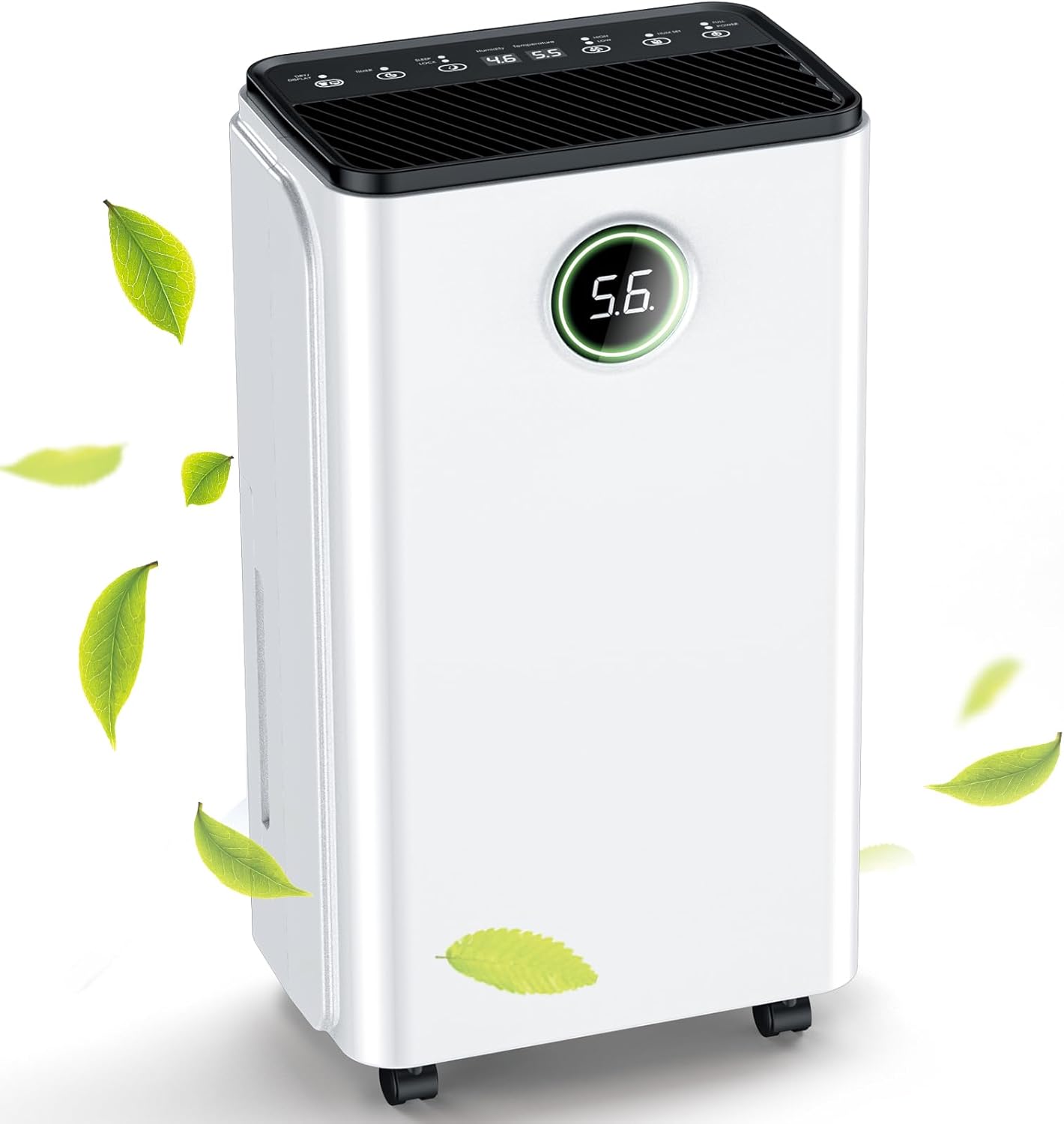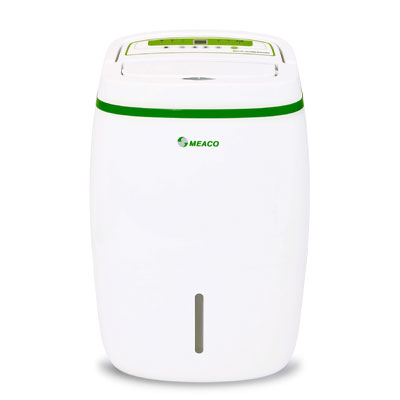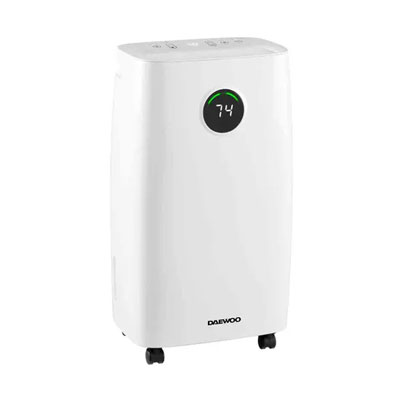7 easy upgrades I’ve made at home to keep it warm this winter — they’ll help reduce our energy bills too
After being left shivering in our home last winter, we've taken a few steps during the course of this year to make things more comfortable this time around

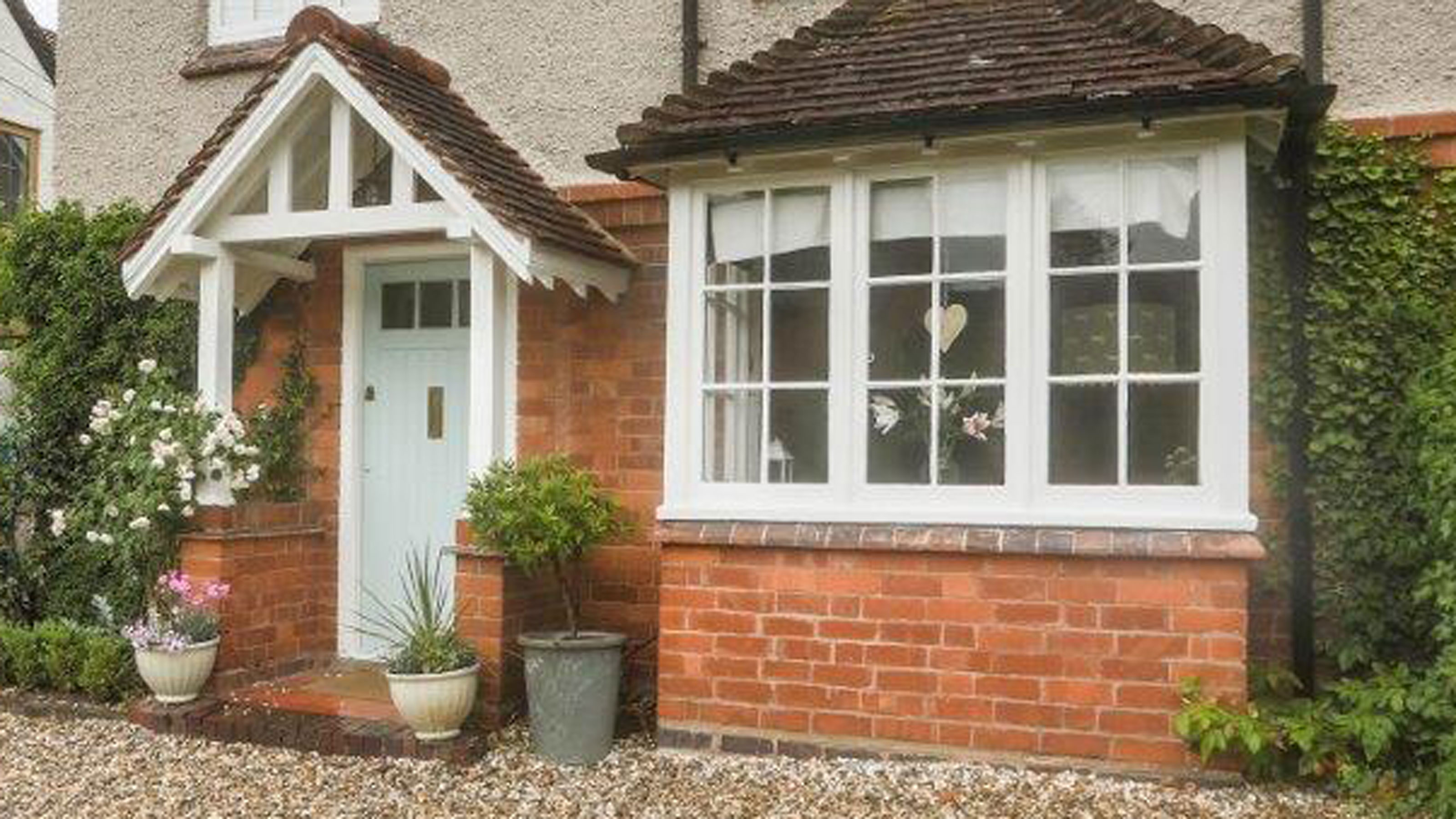
Despite having lived in our house since 2012, when winter rolls around I am consistently shocked by how cold it is inside. To put that into perspective, often I go into the garden and realise that it is warmer out there, my mother refuses to take her coat off when she comes to visit and my daughter has been known to strap a hot water bottle to herself while she walks around the place.
Obviously the house has central heating now (when we moved in there was none), plus we have a log burning stove and an open fire. After some time of having this heating trinity running, the house does warm up to feel pretty toasty, but to have all three running all day long does result in some eye-watering heating bills.
So, having looked into how to keep your house warm in winter, at the end of last year and during the course of this one, we decided to take some steps to ensure that this time around things would feel a little less arctic – and as we hurtle headlong into the colder season ahead, I'm hoping they'll work.
1. Draughtproofed our windows and front door
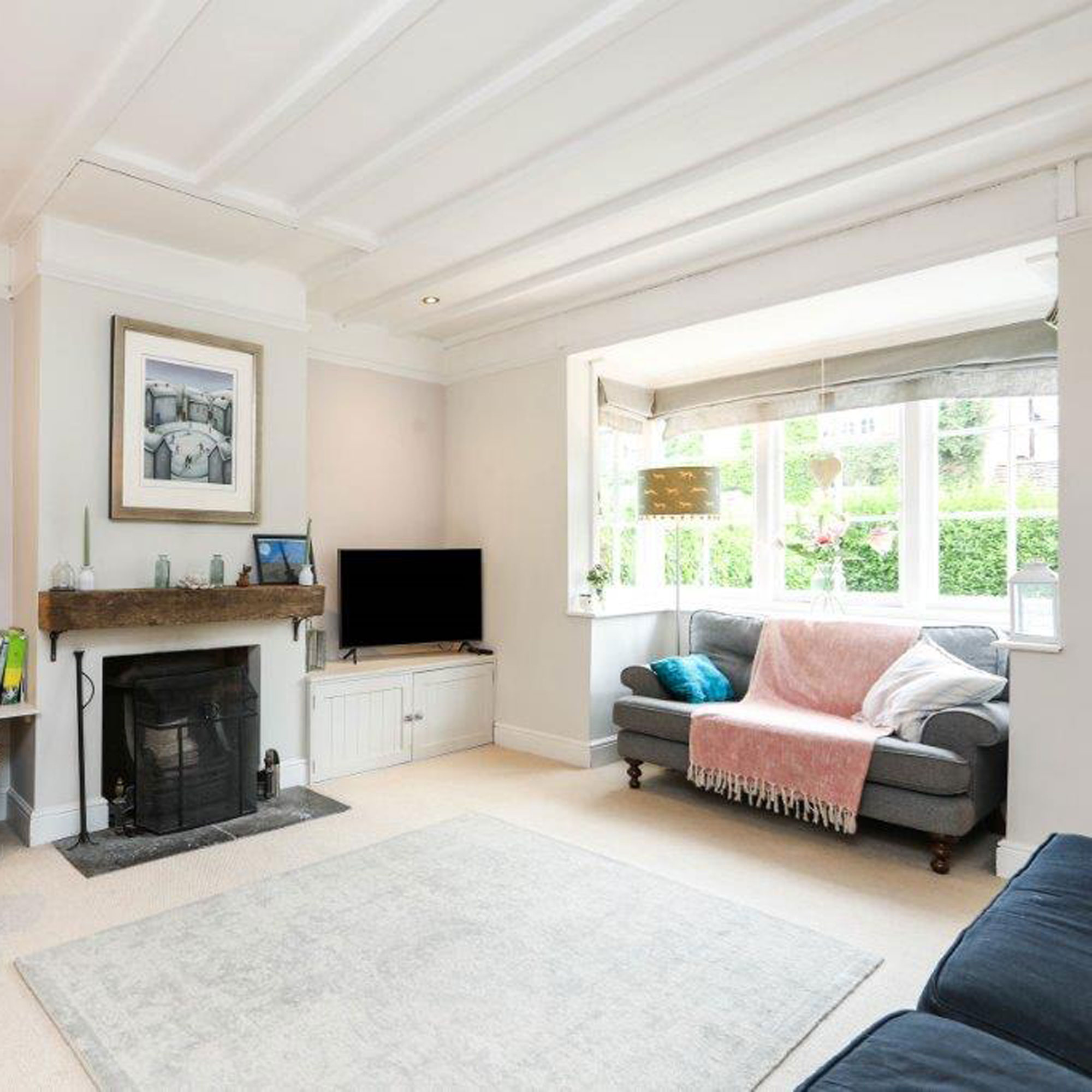
Our house was built in 1914 and still has many of the original windows – a good thing in that the character of the place remains intact, but a bad thing with regards to how well they perform from an energy efficiency perspective.
It is the living room that suffers the most. It has a large bay casement window, with single glazing. Incidentally, the living room also leads directly off the hallway which features the original – very ill-fitting – front door, from which the wind, on a cold night, whistles in from beneath.
There is a sofa nestled in the bay window, and the idea was that this would be a snug little spot to curl up – and it is, if you cover yourself in a mound of blankets and wear a bobble hat.
All but two of the windows within the bay are fixed, with only two actually opening. Earlier this year, we finally got around to fitting draughtproofing strips into these windows and even now I can tell the difference it has made, both in terms of keeping out chilly breezes as well as when it comes to soundproofing. It was so easy to do – we simply cut the roll of weatherstripping to fit and stuck it into place.
Sign up to our newsletter for style inspiration, real homes, project and garden advice and shopping know-how
2. Fitted thermal curtains and blinds

If I had have known how much our choice of window treatments would have helped ease the chill in our bedrooms before, I definitely would have taken this step sooner. For some reason I was a little skeptical when it came to the effectiveness of thermal blinds and curtains, but they have really helped so far.
We fitted thermal blinds in my son's bedroom and new curtains in our room. There are two main types of thermal blinds. Some, just like thermal curtains, are made up of multiple layers of thick insulating fabric, while others are constructed from a honeycomb-type material. Both act to trap warm air between the window and the room.
Thermal blinds come in all kinds of styles, from Roman (which we went for) to roller. The key thing for both blinds and curtains is to ensure you have measured your window properly and that they are a snug fit – if there are gaps around them, you will only have wasted your effort and money.
Shop thermal curtains and blinds
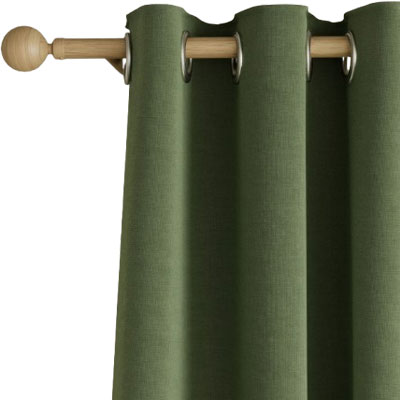
Not only does the brushed fabric of these curtains ensure a really good 'drape' but they are also 'temperature smart' meaning they have a thermal layer to keep the heat in during the winter and out during the summer. They come in all kinds of colours, but the Olive shade here adds a nice fresh pop.
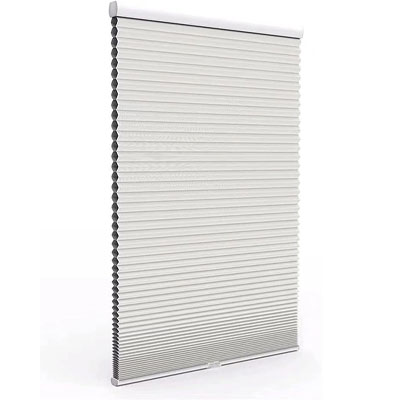
The honeycomb structure of this customisable thermal blind traps air to prevent heat loss – plus it promises to block out all light. You can select a colour for the front of the blind, while the inside features an aluminium foil layer to further help with heat retention. The cordless design makes them child-safe.
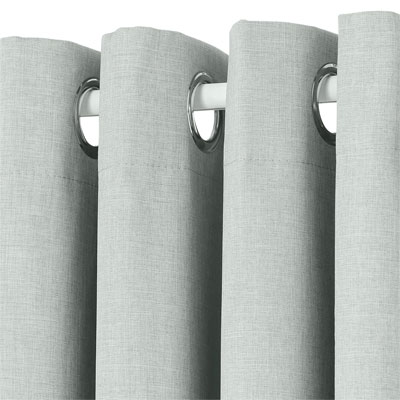
These machine-washable curtains feature a three-pass lining which not only ensures they keep the room they are fitted in nice and toasty but also keeps out unwanted light from disturbing you. They come in a choice of eight colours and in various sizes to suit all kinds of apertures.
3. Rearranged furniture to allow heat to flow

We rely on radiators for our heating – although I really wish we had installed underfloor heating within the extension. Maybe next time...
I feel that we could have gone for bigger radiators with a higher heat output than we did, particularly in the open plan spaces which are especially hard to get, and keep, warm in winter. However, in a bid to make the radiators as invisible as possible we located them in the most discreet positions we could. One is behind a door, another sits under a desk and a third, in our dining area, had a dresser wedged up against it – I know, I know!
The one in our deep-freeze of a hallway is beneath some coat hooks which hold a ridiculous amount of outerwear and while the coats are lovely and warm when you put them on, no heat from the radiator actually ever reaches the room.
Just the simple act of scaling back on coats has made a massive difference, as has repositioning the dresser to allow heat to actually disperse into the room.
4. Invested in some door snakes

When we moved into this house the elderly owner had a thick, velvet curtain hanging in front of the front door. We promptly took it down after the kids deemed it 'creepy' – but soon discovered why she had hung it there. As I said, the front door is seriously draughty – it literally lets daylight through from beneath, so you can imagine how much fun the whistling wind has here.
'In older homes, windows and doors are frequently the main causes of heat loss,' advises Michael Arrowsmith, manager at Etheridge Windows. 'Even the smallest opening can make a space feel noticeably colder. Draught excluders or a small amount of silicone sealant can be a great temporary solution if a complete replacement is not yet possible.'
For us, when it came to draught proofing ideas, the very simple addition of a draught excluder (I prefer the slightly comical term door snake) has done wonders. We have also added some draught proofing strips to help matters.
If you are considering investing in a padded draught excluder, be sure to opt for one with some heft and check its measurements – it needs to be the same width as your door.
Shop draught excluders
5. Bled our radiators

Last year I frequently noticed that our radiators weren't getting as warm as they should, or that they had cold spots dotted over their surface – meaning that even when the heating was on, our rooms just weren't getting as warm as they should have been. Turns out, all they needed was to be bled.
Over time, air can rise to the top of a radiator (hence why our radiators felt cold at the top and warm at the bottom), blocking the hot water that should be circulating through it and getting it nice and warm.
Bleeding your radiators is a simple job that you should carry out at least once a year – ideally in autumn or right at the start of winter. All you need is a radiator bleed key such as this one from Amazon or a flat head screwdriver.
6. Invested in a dehumidifier

Despite having written and researched countless articles on the best dehumidifiers and their many benefits over the years, as well as pouring a huge amount of energy into ways to stop condensation pouring down our bedroom windows during the winter, until last year, I had never actually owned one myself.
Last autumn, I got my hands on Meaco's 20L Low Energy Dehumidifier and Air Purifier. Honestly, it has been something of a game changer, not only due to the fact that our condensation problem has all but gone, but also in how quickly any laundry drying in the vicinity gets dry – plus it magically makes the room it is in feel much warmer.
'Damp air not only creates discomfort but also drives up energy bills,' explains Meaco's CEO, Chris Michael. 'Humid air contains water vapour, which has a higher heat capacity than dry air, meaning it takes more energy to heat. This makes homes with high humidity feel colder, forcing heating systems to work harder to reach and maintain a comfortable temperature.'

Chris Michael is the Founder of Meaco, a leading expert in dehumidifiers and air quality solutions, dedicated to improving home comfort and indoor environments.
Shop dehumidifiers
7. Had the boiler serviced
Good boiler maintenance is so important if you want to ensure you are not left shivering once winter rolls around. If you are wondering how often a boiler should be serviced, be aware that annual servicing is key. The last thing you want is the boiler packing up just as the thermometer takes a nose dive – yet this often seems to be when it happens.
'Blocked flues and inadequate ventilation are frequent problems in older homes," says Martyn Fowler, founder of Elite Renewables. 'While more modern boilers tend to shut down when a problem is detected, the reason for the shut-down isn't always immediately obvious. That’s why annual servicing is so important.
'During a service, we check the flue is clear, the burner is working as it should, and that there’s no carbon monoxide risk,' continues Martyn. 'Catching issues early usually prevents a bigger problem later.'

Founder of Elite Renewables, Martyn Fowler is one of the UK's leading renewable technology experts, working with heat pumps for the last 2 decades. His passion for decarbonisation matched with a deep technical experience of the technology make him one of the industry's go-to experts for all things renewable.
The 'coming soon' upgrades we hope will help too
We still haven't got around to making all the upgrades we planned on making this year – but there's still time. I asked Simon Bones, founder and CEO of Genous, for his suggestions on more home hacks that could help warm our home up in time for winter.
'If you have an open chimney, getting a temporary chimney blocker can reduce your heat escaping, though care must be taken to remove the blocker if the fire is to be used, and they should never be used with gas fires because of carbon monoxide risk,' says Simon.
He also suggested topping up our loft insulation, something we've been meaning to do for ages.
'Loft insulation that is less than about 100mm thick can usually be topped up to about 300mm to generate a good return,' advises Simon. 'There are benefits if your insulation is thicker, but the returns drop the more insulation you have.'

Simon Bones is the founder and CEO of Genous, the UK’s premium home retrofit company. Simon has combined his expertise in climate change science and energy and infrastructure services with his personal experience of delivering multiple home retrofits to help shift the public’s mindset and bring us closer to a more energy efficient and greener future.
FAQs
How much can you save by draughtproofing windows and doors?
The driving factor behind us making these small home upgrades was to create a home that feels warmer during cold weather, but we are obviously keen to spend a little less on our heating bills too. With this in mind, I was keen to find out what kind of savings we can expect.
'Owing to outdated or inefficient glazing, the average UK household spends £180 more on energy bills each year,' reveals Michael Arrowsmith.
According to Energy Saving Trust, draught proofing around windows, floors and doors could save you around £85 a year in the UK and, if you have an open chimney, they say you could save around £60 a year by adding draught proofing.
Looking to cut your household bills this winter? By looking at the best energy saving tips for the home, you could even find yourself with a little spare cash for some more glamourous home updates.

Natasha has been writing about everything homes and interiors related for over 20 years and, in that time, has covered absolutely everything, from knocking down walls and digging up old floors to the latest kitchen and bathroom trends. As well as carrying out the role of Associate Content Editor for Homebuilding & Renovating for many years, she has completely renovated several old houses of her own on a DIY basis.
